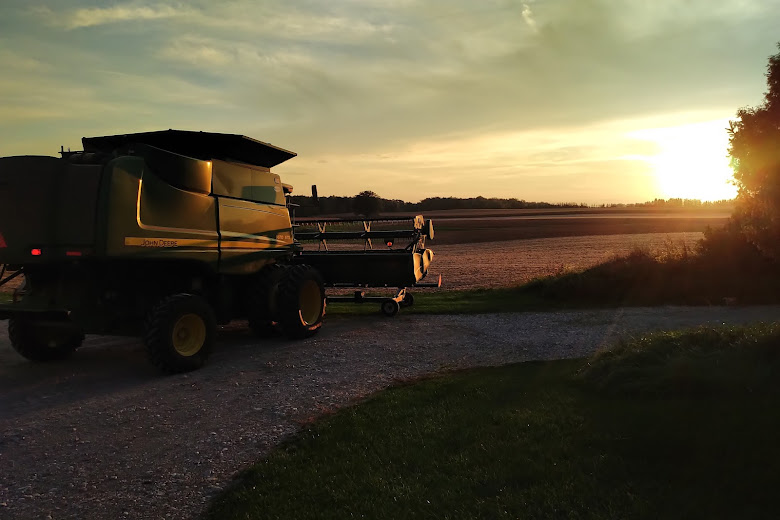The National Energy Board ("NEB") has approved the application by Enbridge Pipelines Inc. for the Line 10 Replacement Pipeline Project. Line 10 is an oil pipeline that has operated in the Hamilton, Ontario area since the 1960's. Enbridge also operates Line 11 adjacent to Line 10 within a shared easement. Late in 2015, Enbridge applied to the NEB for permission to replace Line 10 in large part to avoid increasing integrity issues with the pipe. Enbridge's proposed replacement pipeline would require less intervention and would also be larger in diameter than the existing pipeline.
For the majority of the replacement pipeline, Enbridge proposed to follow its existing Line 10 / Line 11 corridor; the existing Line 10 would be decommissioned in place and a new pipe would be installed next to it. However, in certain locations, Enbridge asked for permission to move away from its existing pipeline corridor and to build the replacement pipeline within a new corridor to be established on previously unaffected properties. Those locations that Enbridge wanted to avoid were golf courses.
In its application to the NEB, Enbridge suggested that it was necessary to route its replacement pipeline through previously undisturbed farm land because by doing so it would minimize the environmental and socio-economic impacts of its project. In other words, Enbridge took the position that creating a new pipeline corridor through previously undisturbed agricultural lands would cause less impact than constructing and operating its pipeline through golf courses that already accommodated Enbridge's existing two-pipeline corridor.
Landowners in the vicinity of two of the golf courses along Enbridge's existing Line 10 corridor challenged Enbridge on its theory. They joined together and formed the Copetown Landowners Group ("CLG"), and intervened in the NEB hearing process. CLG engaged an expert in pipeline routing and land use planning and submitted lay and expert evidence to the NEB that demonstrated the obvious - creating a new pipeline corridor through previously undisturbed farm land in order to avoid disturbing previously disturbed golf courses (which would still, in any event, house the operational Line 11 and the decommissioned Line 10) would not minimize the environmental and socio-economic impacts of the project.
Ultimately, Enbridge revisited its proposed pipeline route in the area where it had intended to construct the replacement pipeline across lands owned by CLG members. Enbridge still did not choose to install the replacement pipeline adjacent to its existing Line 10 and Line 11 pipelines, but it did adjust its route to follow another nearby utility corridor (one that actually was located between the existing Enbridge corridor and its proposed corridor through the CLG-owned lands). The nearby utility corridor was already home to an electrical transmission line and multiple underground pipelines.
CLG's participation in the NEB Line 10 hearing demonstrates the importance of landowner involvement in the project approvals process. But for the intervention of the CLG landowners, it is unlikely that Enbridge would have adjusted its proposed route to follow an existing previously-disturbed corridor. Enbridge wanted, for its own reasons, to avoid installing its replacement pipeline through golf courses. Enbridge was determined to create a new pipeline route through previously undisturbed farm land. And in the absence of any opposition, it is unlikely that the NEB would have questioned the proposal, even though it would create a third utility corridor through prime farm land.
Landowners have to be ready to participate in the regulatory process to protect their interests and the interests of their communities. It seems that no one else, including local municipalities, will do it for them.
Read the NEB's decision at: NEB Line 10 Replacement Decision.

